Small Tree for (northwest) corner of house
gardenbug
13 years ago
Featured Answer
Comments (39)
Embothrium
13 years agogardenbug
13 years agoRelated Professionals
Derry Landscape Architects & Landscape Designers · Birmingham Landscape Architects & Landscape Designers · Graham Landscape Architects & Landscape Designers · Norwood Landscape Contractors · Bowie Landscape Contractors · Danvers Landscape Contractors · Dixon Landscape Contractors · Saint George Landscape Contractors · Tustin Landscape Contractors · Vashon Landscape Contractors · Canby Fence Contractors · Coram Fence Contractors · Crowley Fence Contractors · Oregon City Fence Contractors · Savage Fence ContractorsEmbothrium
13 years agoGeorge Three LLC
13 years agogardengal48 (PNW Z8/9)
13 years agoEmbothrium
13 years agogardengal48 (PNW Z8/9)
13 years agoEmbothrium
13 years agoGeorge Three LLC
13 years agogardengal48 (PNW Z8/9)
13 years agoian_wa
13 years agoEmbothrium
13 years agogardenbug
13 years agoEmbothrium
13 years agogardenbug
13 years agogardenbug
13 years agogardenbug
13 years agoEmbothrium
13 years agogardenbug
13 years agoEmbothrium
13 years agogardenbug
13 years agoEmbothrium
13 years agogardenbug
13 years agoEmbothrium
13 years agogardenbug
13 years agobobb_grow
13 years agogardenbug
13 years agolarry_gene
13 years agogardenbug
13 years agolarry_gene
13 years agoEmbothrium
13 years agolarry_gene
13 years agobotann
13 years agoEmbothrium
13 years agoEmbothrium
13 years agogardenbug
13 years agolarry_gene
13 years agoEmbothrium
13 years ago
Related Stories
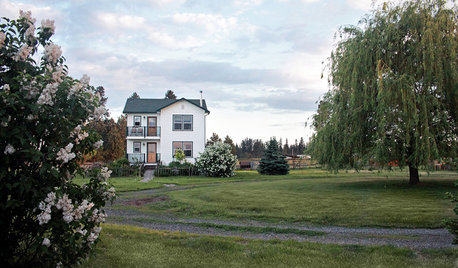
HOUZZ TOURSMy Houzz: Northwest Couple Make a Rural Homestead Their Own
Country life agrees with these first-time homeowners, who have decorated their farmhouse in a rustic, low-key style
Full Story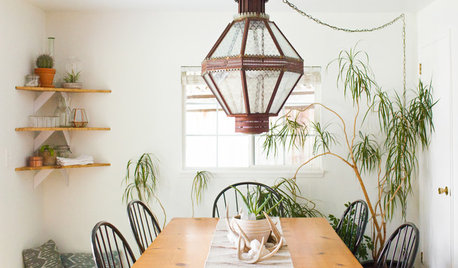
ECLECTIC HOMESMy Houzz: A Sanctuary With Bohemian Flair in the Pacific Northwest
See how a retail display artist and a Pilates instructor personalize their midcentury rambler
Full Story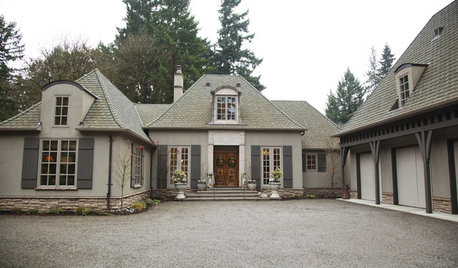
HOUZZ TOURSMy Houzz: Whimsical Chateau in the Pacific Northwest
Collections, heirlooms and antique finds put a quirky, personal stamp on an Oregon home
Full Story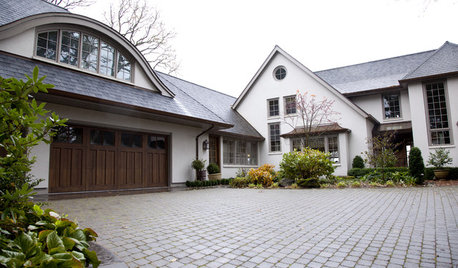
HOUZZ TOURSMy Houzz: Northwest Home with a Mountain View
See how an Oregon couple mixes old and new in their dream home in Lake Oswego
Full Story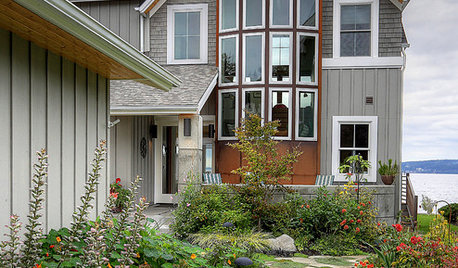
CONTEMPORARY HOMESHouzz Tour: Coastal New England Style Meets Pacific Northwest Modern
Homeowners ease into retirement in this Camano Island home, enjoying seaside views, cooking and gardening
Full Story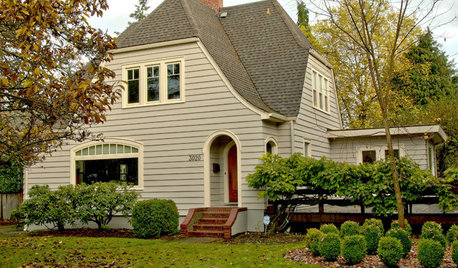
HOUZZ TOURSMy Houzz: Classic Northwest Charm
A couple's decade-long renovation includes a simple color palette, custom-built features and a few secret messages
Full Story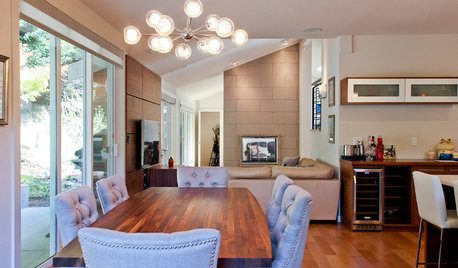
HOUZZ TOURSMy Houzz: Elegant Simplicity in a Midcentury Northwest Remodel
A discerning couple in Washington collaborate with a friend to update and add to their modern home
Full Story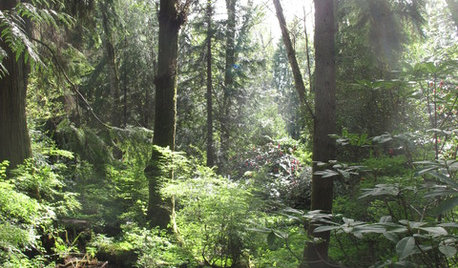
GARDENING AND LANDSCAPINGGarden Lessons from a Grand Northwest Reserve
Borrow classic landscape ideas from this Washington state treasure, a series of gardens as thoughtfully planned as they are spacious
Full Story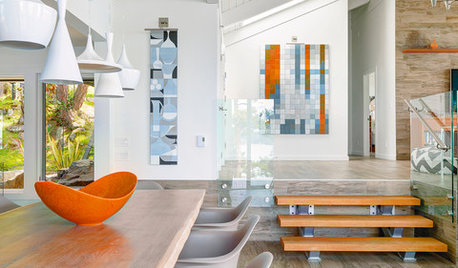
REMODELING GUIDESHouzz Tour: A Fresh Pacific Northwest Take on Midcentury Modern
This updated ’60s modern vacation home honors the past while embracing its sublime surroundings
Full Story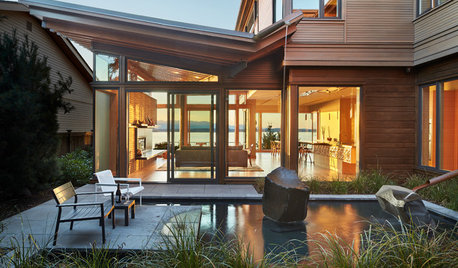
MODERN ARCHITECTUREHouzz Tour: Pacific Northwest Landscape Inspires a Seattle Home
Sweeping views, an intimate courtyard and local materials create an inviting atmosphere
Full Story









littlecityfoodgarden